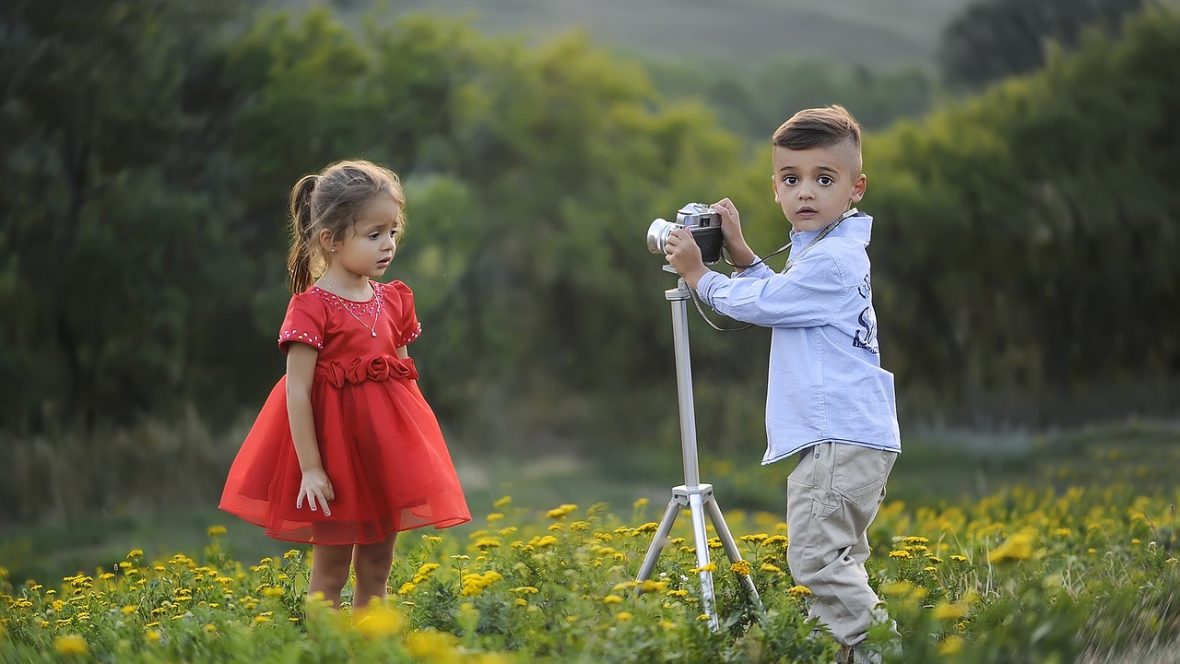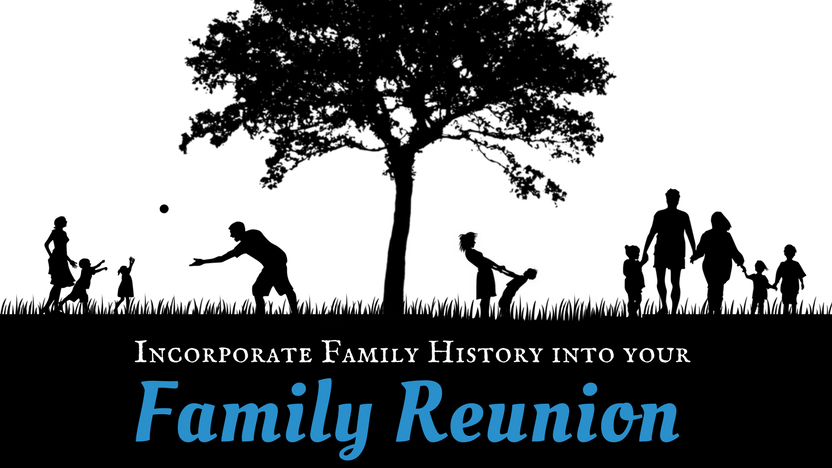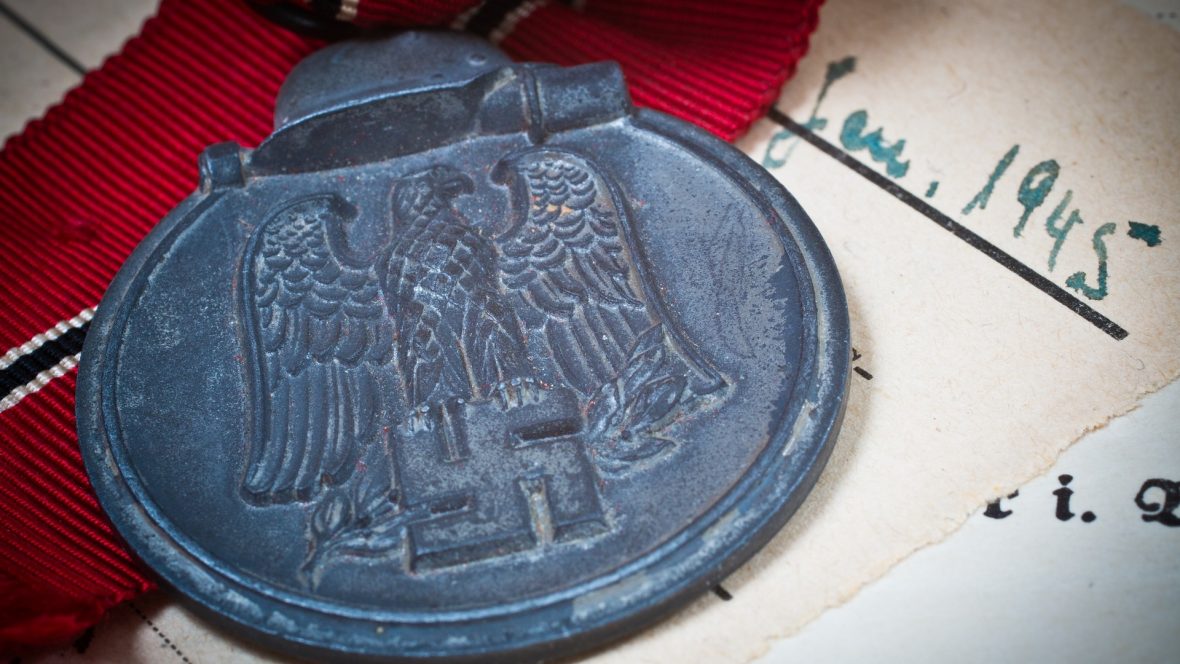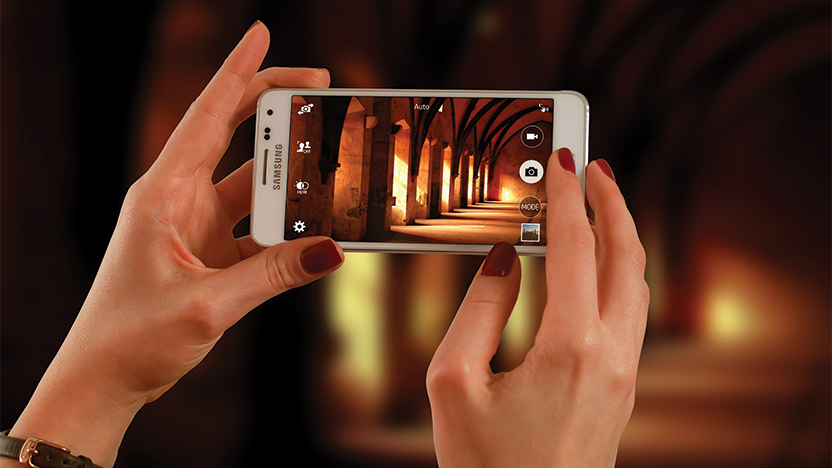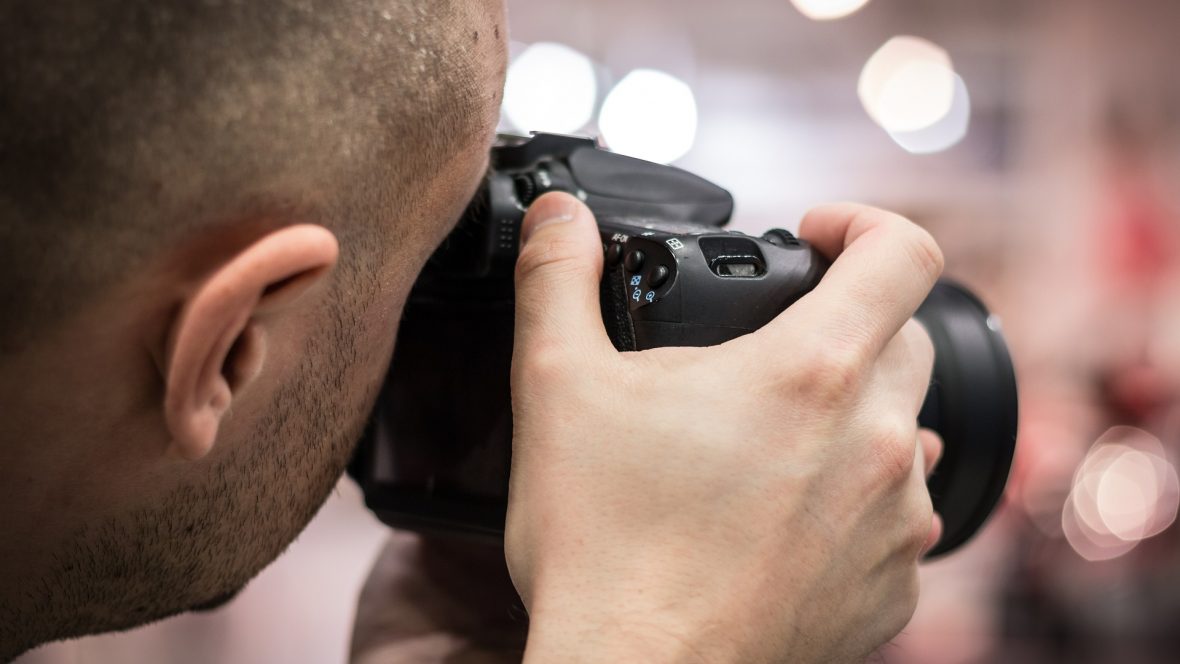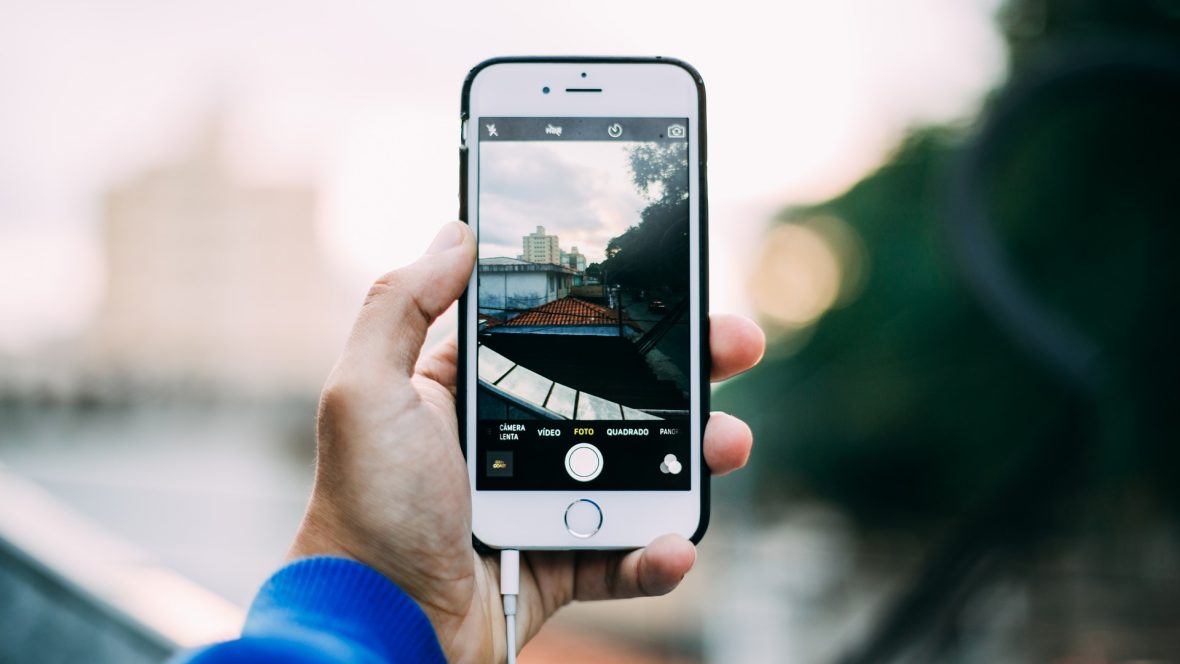At family reunions, we can gather in all the branches of our family tree to hear their stories, get to know one another, and preserve memories of each other. Those memories will be important in years to come, so it’s vital to save them now.
The best family reunions don’t always involve the most expensive trips or meals, but rather include making and remembering joyful family memories. A great way to accomplish both of these goals is by including family history at your reunion.
Your house–and maybe the houses of your immediate family members–can hold the stories of your ancestors if you know where to look.
You should always keep your photo negatives, of course. But is there more to do with them besides simply storing them? Here’s how you can turn your photo negatives into useful tools for family history.
All of us have used our phones to take photos–whether of our family, of a sunset, or of interesting sights along a walk or hike. But they don’t always turn out great, sadly. That’s simply because many of us aren’t familiar with our phone’s capabilities, or how to enhance a photo without overdoing it.
Every photographer makes mistakes at the start. It’s the process of learning! However, those beginning mistakes can be frustrating. If you’ve tried to capture special, once-in-a-lifetime moments, only to have the photo look boring or blurry, you know how terrible this can feel. But it’s not too late to learn! These overviews of beginning mistakes will teach you how to improve your photography and avoid common rookie errors.
With digital cameras, it’s easy to capture the majesty of a mountain skyline or a spectacular sunset. All you have to do is digitally stitch them together into a panoramic photo. Sounds simple enough, right? Mostly, yes. But even digital panoramic photos can go wrong. Weird exposure differences and strange perspectives can still result from your smart phone. So how do you make your panorama turn out wonderfully using a smart phone?
Over the years, genealogy sites have come out with an amazing array of new genealogy tools. One such tool, DNA testing, helps both casual researchers and experienced genealogists find their ancestors in a way you can’t find with simple records. DNA testing also has the great research benefit for people studying regional groups and migration patterns, or tracking down members of a diaspora.
Not all of our ancestors were diligent about labeling their photographs. And sometimes, we have to face the difficult task of deciding and deducing who that is next to our great-grandma. But identifying unknown family members in your photos doesn’t have to be such a chore. It may not be the easiest job, but putting in the time can be highly rewarding!
When faced with a huge pile of photos to scan, the idea of a printed photo book instead of a scrapbook may seem daunting. However, it will be worth your while to put in the time for a photo book instead of a scrapbook.

